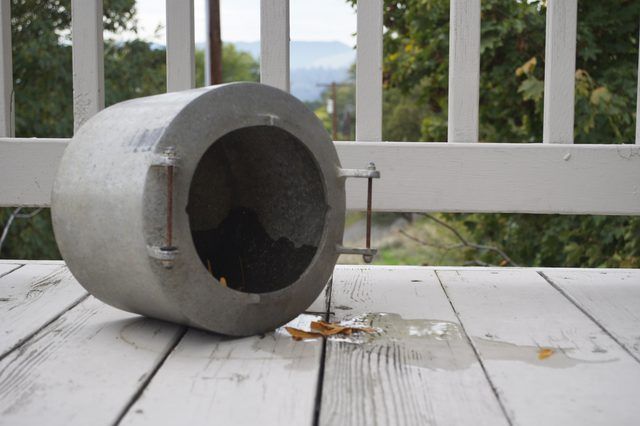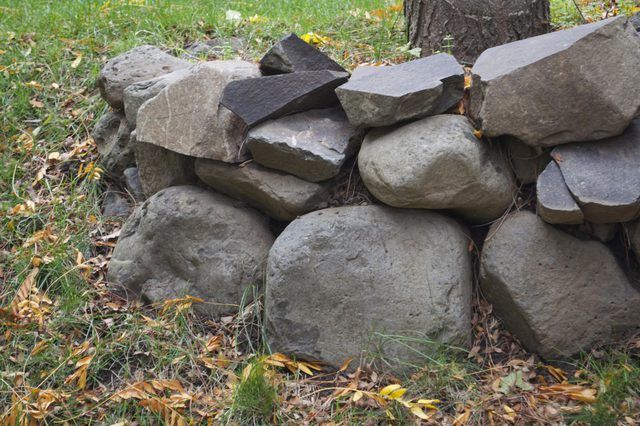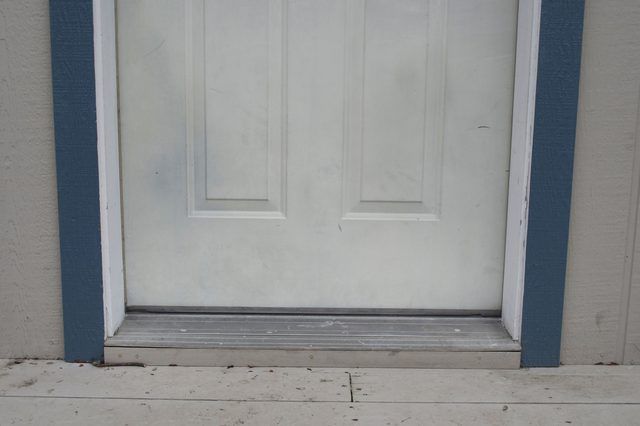Bulbs
Flower Basics
Flower Beds & Specialty Gardens
Flower Garden
Garden Furniture
Garden Gnomes
Garden Seeds
Garden Sheds
Garden Statues
Garden Tools & Supplies
Gardening Basics
Green & Organic
Groundcovers & Vines
Growing Annuals
Growing Basil
Growing Beans
Growing Berries
Growing Blueberries
Growing Cactus
Growing Corn
Growing Cotton
Growing Edibles
Growing Flowers
Growing Garlic
Growing Grapes
Growing Grass
Growing Herbs
Growing Jasmine
Growing Mint
Growing Mushrooms
Orchids
Growing Peanuts
Growing Perennials
Growing Plants
Growing Rosemary
Growing Roses
Growing Strawberries
Growing Sunflowers
Growing Thyme
Growing Tomatoes
Growing Tulips
Growing Vegetables
Herb Basics
Herb Garden
Indoor Growing
Landscaping Basics
Landscaping Patios
Landscaping Plants
Landscaping Shrubs
Landscaping Trees
Landscaping Walks & Pathways
Lawn Basics
Lawn Maintenance
Lawn Mowers
Lawn Ornaments
Lawn Planting
Lawn Tools
Outdoor Growing
Overall Landscape Planning
Pests, Weeds & Problems
Plant Basics
Rock Garden
Rose Garden
Shrubs
Soil
Specialty Gardens
Trees
Vegetable Garden
Yard Maintenance
How to Get Rid of Geckos
How to Get Rid of Geckos. You may find geckos of different colors and shapes in your yard. Some are native to the U.S. and some are introduced. Native species include the Texas banded gecko (Coleonyx brevis), and reticulated gecko (Coleonyx reticulatus), both found in Texas, and the banded gecko (Coleonyx variegatus) found in the Southwest. All...
You may find geckos of different colors and shapes in your yard. Some are native to the U.S. and some are introduced. Native species include the Texas banded gecko (Coleonyx brevis), and reticulated gecko (Coleonyx reticulatus), both found in Texas, and the banded gecko (Coleonyx variegatus) found in the Southwest. All have beneficial uses in the garden as they do eat insects and spiders. Itís when their population becomes seemingly more numerous than the insects that the geckos become pests. Making your home and garden less hospitable to geckos will help get rid of them.

Geckos will hide during the day in small crevices, such as in rock outcroppings, log piles or in thick bushes that are low to the ground or up against fences. Remove the rocks and log piles. Keep bushes trimmed and away from fences and buildings. This will remove the geckosí hiding places in your yard and force them to seek shelter elsewhere.

Cats, dogs and chickens are good deterrents for geckos. These pets are all predators of geckos. Their presence will make your yard and home less attractive and safe to a gecko. Even if your pet doesnít hunt and eat geckos, it may chase the gecko enough that it leaves your yard.

Geckos can flatten their bodies to fit through small cracks to get into the house. Repair and replace weather stripping around doors where there are gaps. Look for any holes or small cracks in the walls of the house and repair those or fill them with caulking. Another place to look for gaps is around piping that leads into the house.
